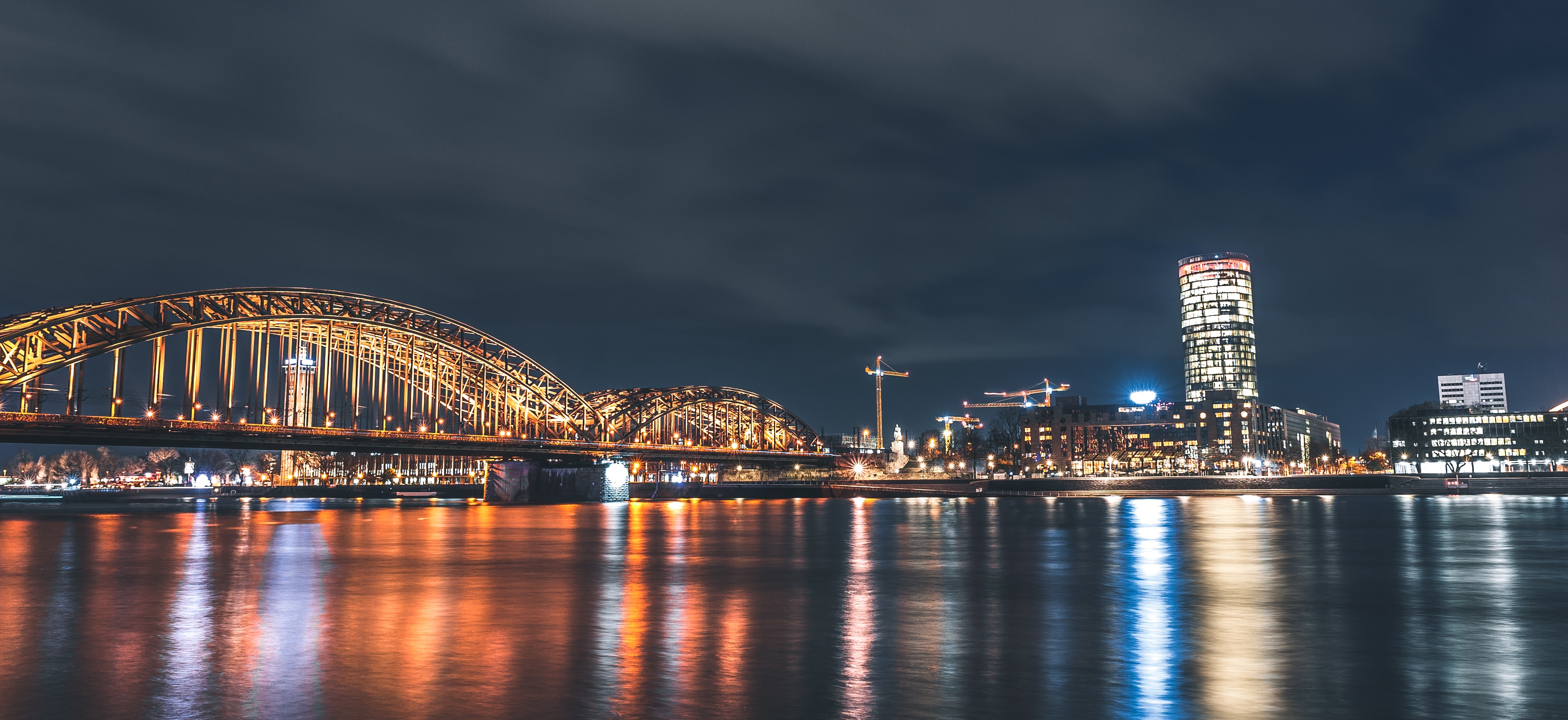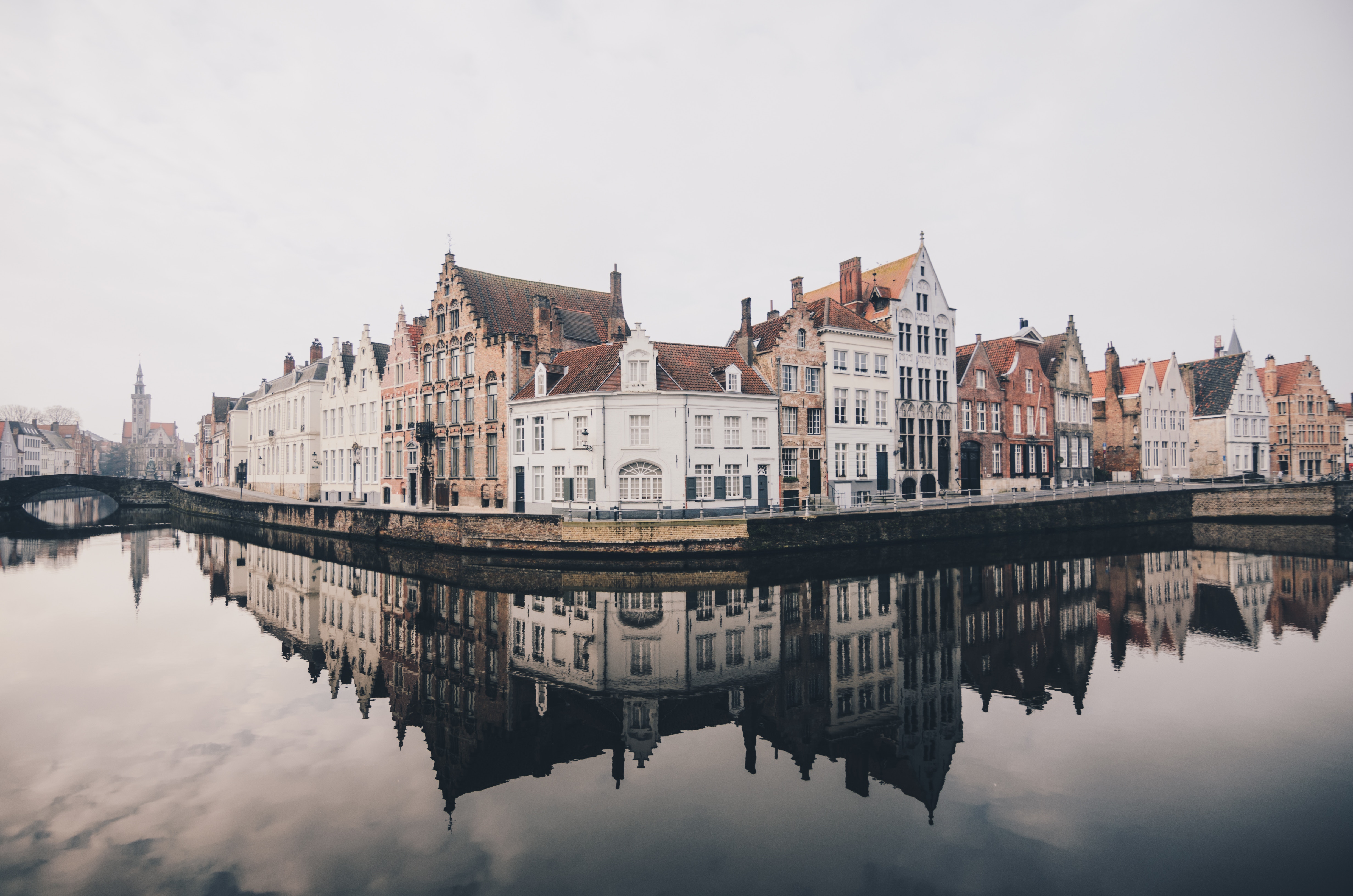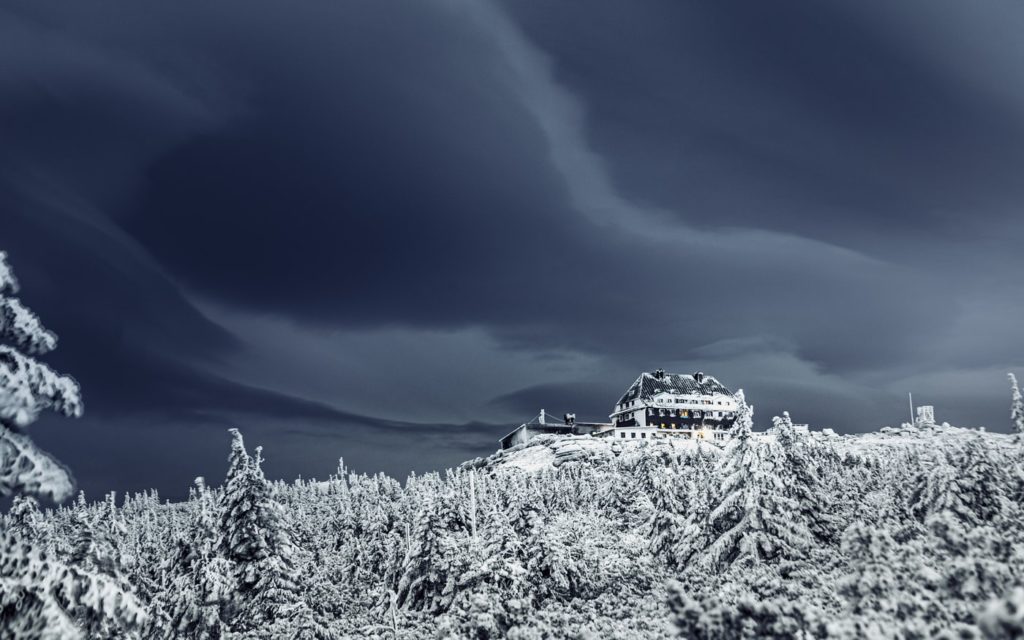We can dream about nature and fantasise about getting lost in the wild, but most of the time the majority of us can't escape our urban landscape. And you know what, cities have great potential for photography, there is absolutely nothing wrong about feeling seduced by those huge structures and all those shiny surfaces.
Shooting cityscapes has one thing in common with landscape photography, it requires some patience. And when talking about “patience” it includes the research involved – scouting out an intriguing location and the long exposures to capture the movement and bustle.
I remember the first time I was trying to capture the skyline of Panama City, it was extremely complex for me because I was exposing for the sky, which was, in turn, impacting all that shiny surfaces and early lit lights from the buildings.

Of course, the number 1 solution for me was to wait until the blue hour to actually capture the skyline, and I got some beautiful shots, but that wasn't what I'd envisaged for my photographs.
Exposing into various zones is complex, and now I know that there are four (or three depending on your camera) exposure modes that will allow you to read light depending on a portion of your viewfinder.
For cityscapes, the best way to go, beyond getting some slow shutter speeds and perhaps an ND filter if you want to capture images in daylight, is to use evaluative or matrix exposure metering. This is really the mode you should use for most of your photography – it will generally do a pretty good job in determining the correct exposure.
With this exposure mode, you'll get a broad spectrum of light measured by your camera, and you will be able to expose correctly for all sorts of interesting elements from light beams, small neon signs, shiny surfaces, water and of course, the sky.

Ultimately, while the evaluative metering mode is helpful, getting around slow shutter speeds is the secret weapon of many photographers out there, and if you want to avoid getting frustrated, you should consider taking a look at some of this valuable information.
Understanding exposure will help you avoid ruining some of those precious cityscapes pictures. After all, it will be very likely that you'll be amazed by foreign cities instead of yours (that's how funny we humans are), and it would be a shame to get some dull photographs of a city that perhaps you'll only see once in your life.






